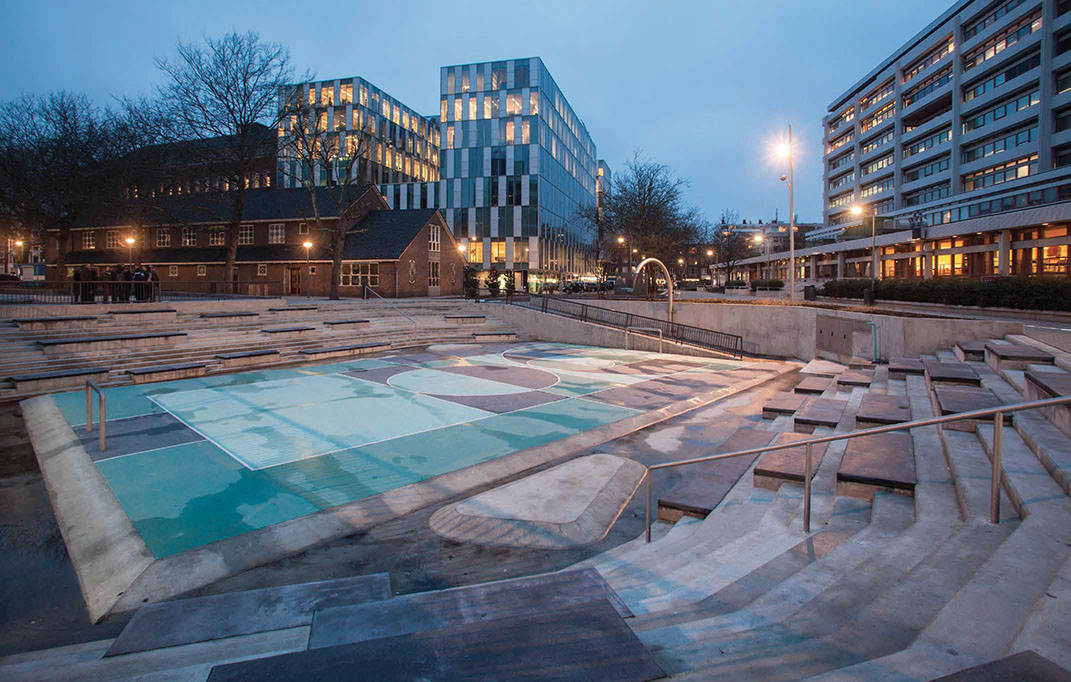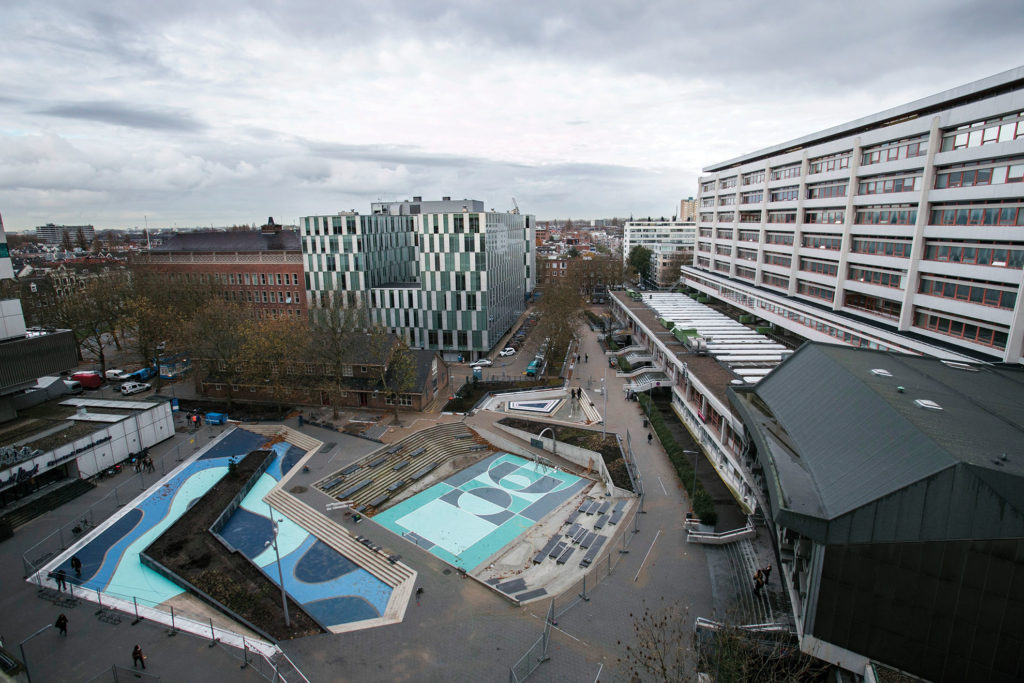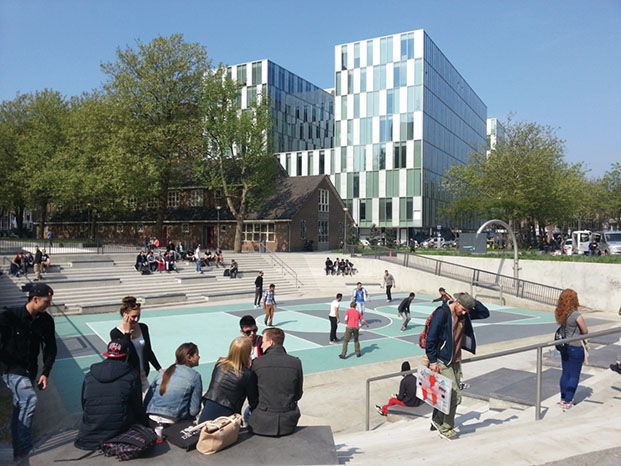
The FIDIC State of the World Report 2009 outlined that extreme weather events are becoming more frequent, which will place greater capacity pressures on infrastructure such as transport networks and drainage systems in urban areas as these endure more frequent flooding due to higher rainfall events.
In the OECD states, more resilient infrastructure will be required to address changing demographic and economic factors: a higher percentage of retired workers relative to the percentage of workers in the populations of OECD states will require greater productivity from those workers to meet society’s needs and economic activity in urban centres will require undisrupted transport and communications. These productivity and economic factors are driving the need for resilient infrastructure which maintains its function, in terms of providing transportation and communication services in the face of extreme weather events. The choice in the future will be between investing in resilient infrastructure features to pre-empt the extreme weather events of the future or delaying investment and possibly suffering the economic cost from weather disruption to social and economic networks.
At the implementation level resilient infrastructure may entail a transition from the traditional design concept of constantly increasing drainage capacity given that such an approach may not be feasible technically or economically with ever worsening weather conditions. The central point is that resilient infrastructure may entail moving from the traditional ‘design against nature’ to a more adaptable ‘design with nature’.

The engineering solution for resilient capacity in road and drainage networks, against the background of unpredictable weather changes in the future, will be addressed through a spectrum of solutions. This continuum of solutions may range from providing extra capacity to address minor future weather changes, to modular retrofit solutions for medium level weather changes up to entirely new engineering concepts such as ‘water-square’ storm-water storage in urban plaza areas if disruptive rainfall events are a feature of the future. The relevant engineering solution chosen to ensure resilient infrastructure in 20 or 30 year’s time entails strategic investment choices today about the risks which our societies are prepared to accept in the future regarding future extreme weather events, which are so difficult to predict today.
The recent flooding events in the US and Ireland during 2017 illustrates the failure of drainage infrastructure to address extreme weather events, with the consequent impact on road networks which illustrates network interdependence in terms of the inter- linked failure of drainage and transport networks, and the associated socio-economic dislocation.
The strategic approach for investing in resilient infrastructure starts at the minor investment approach of the ‘No Regrets Strategy’ which addresses possible climate change impacts on future rainfall events by allowing 20% extra drainage capacity, as is the norm on many new motorway projects in Ireland. The ‘no regret’ default benefit of this strategy is that for minimal extra cost, there is extra capacity for normal rainfall events even without a major change in rainfall levels in the future. However it is important to note that the ‘No Regrets Strategy’ does entail a higher risk if extreme rainfall events are more frequent in the future as the infrastructure will not have enough resilience in such a scenario.

The next resilient infrastructure strategy is the ‘Hedging Strategy’ which is a medium risk approach. The ‘Hedging Strategy’ allows for extra design capacity like the ‘No Regrets Strategy’, but also includes for modular ‘add on’ features such as coastal walls which can be heightened with extra panels for rising tides, as the foundations are designed for these extra modular units. The benefit of this strategy is that it can adapt sea walls or attenuation ponds for changing rainfall events in the future as they happen, with minimal investment in, or disruption to existing infrastructure through these simple add on features.
The most conservative, low risk approach is the ‘Bets Strategy. The engineering design includes not just extra capacity or modular add on features, but a radical rethink of the key engineering principles of the last 200 years particularly in the area of drainage. The strategy includes for traditional engineering concepts such as storage ponds, however not out in marshland area at the urban edge, but incorporated into new dual use plazas which will serve as storage ponds during future extreme rainfall events.
In the Netherlands, the water-square in Benthemplein is illustrative in this regards. It is a recreational plaza square in the urban centre but also acts as a drainage storage pond during rainfall events. The new future focus will be less on the traditional approach of trying to drain urban spaces as quickly as possible with ever larger drainage system and instead will allow drainage systems to operate right within the urban centre, then slowly out-falling after the rainfall event and transitioning plazas back to their recreational function. Seafront areas with outer and inner seawalls could also act as a dual use water storage systems for coastal towns. This new design philosophy of ‘designing with nature’ through shared social /engineering spaces to address future extreme weather indicates the new thinking of resilient infrastructure. New construction features of resilient infrastructure may include robust paving stones material which can maintain their friction surfaces for pedestrian and cyclist use in spite of prolonged contact with water in the water square plazas.
In conclusion unpredictable future weather impacts require a combination of traditional and new engineering designs in resilient infrastructure to mitigate disruption. The investment strategy towards resilient infrastructure entails a balancing of cost and risk. These strategies will range from the lower cost, higher risk balance of the No Regrets Strategy right up to the Bets Strategy of high level investments today to minimise future weather disruption, no matter what future weather outcomes turn out to be. The optimum balance may be a mid-way strategy of incremental retrofit capacity, implemented if and when weather does become more extreme along with planning guidelines to allow for water-square storage in urban plazas if needed in the future. Resilient infrastructure which mitigates extreme weather effects is vital for future social and economic development and will require engineers to think about the type of shift in engineering solutions which the demand for resilient infrastructure will entail. The author Paul MacDonald, CEng MIEI, is an executive engineer/training officer with Kildare County Council National Roads Office. He has 20 years’ experience in highways, water and environmental engineering. MacDonald has a keen interest in topics such as urbanisation in the emerging states, international engineering contracts and project finance.
